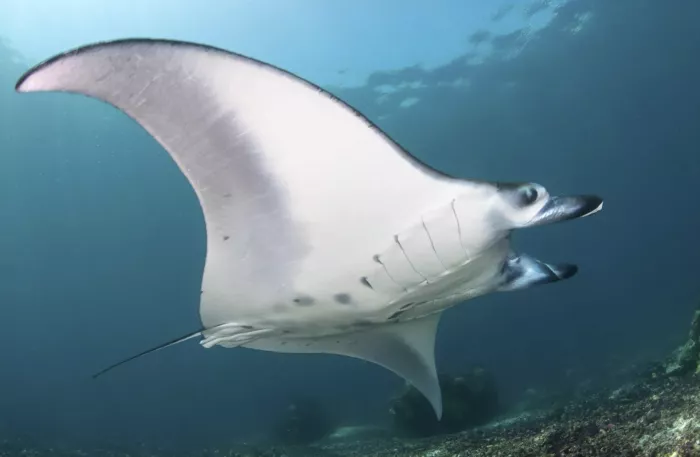*Scientists from the marine megafauna foundation and Murdoch University have found a large number of manta rays in the waters of Komodo National Park (UNESCO World Heritage site in Indonesia), * indicating that the area may be the key to the regional recovery of this vulnerable species.
Coral reef manta rays (mobula alfredi), which can grow to 5.5 meters (18 feet) wide, tend to live and forage in shallow and coastal habitats. They also go to "cleaning stations" on coral reefs to let parasites or dead skin be picked up by small fish. Courtship behavior can also be observed near the cleaning station. In Komodo National Park, manta rays exist all year round, challenging the famous Komodo dragon, the giant animal most sought after by tourists.

The scientists worked with a group of divers serving in Komodo National Park to find identification photos of manta rays visiting the park's waters and submit them to Manta matcher Org, an online crowdsourcing database on manta rays and other fish. Most of the photos come from four of the more than 20 locations frequently visited by tourist ships. With the support of the local diving community, the researchers were able to identify more than 1000 individual manta rays from more than 4000 photos.

Individual manta rays are identified by their unique and sometimes eye-catching abdominal patterns. The researchers saw the potential for public participation in data collection and, in collaboration with software company WildMe, developed an online wildlife database platform (mantamatcher. ORG) to match and classify manta rays of different populations around the world.

The increase in the number of people engaged in scuba diving and snorkeling and the emergence of cheap underwater cameras mean that photos and videos taken by the public during holidays can be used to quickly and economically expand the scale of data collection. These photos and the accompanying time and location information are then used to construct the observation history of a single manta ray, which can then be analyzed with a statistical motion model. These models can predict the possibility of manta rays living or traveling between specific sites.